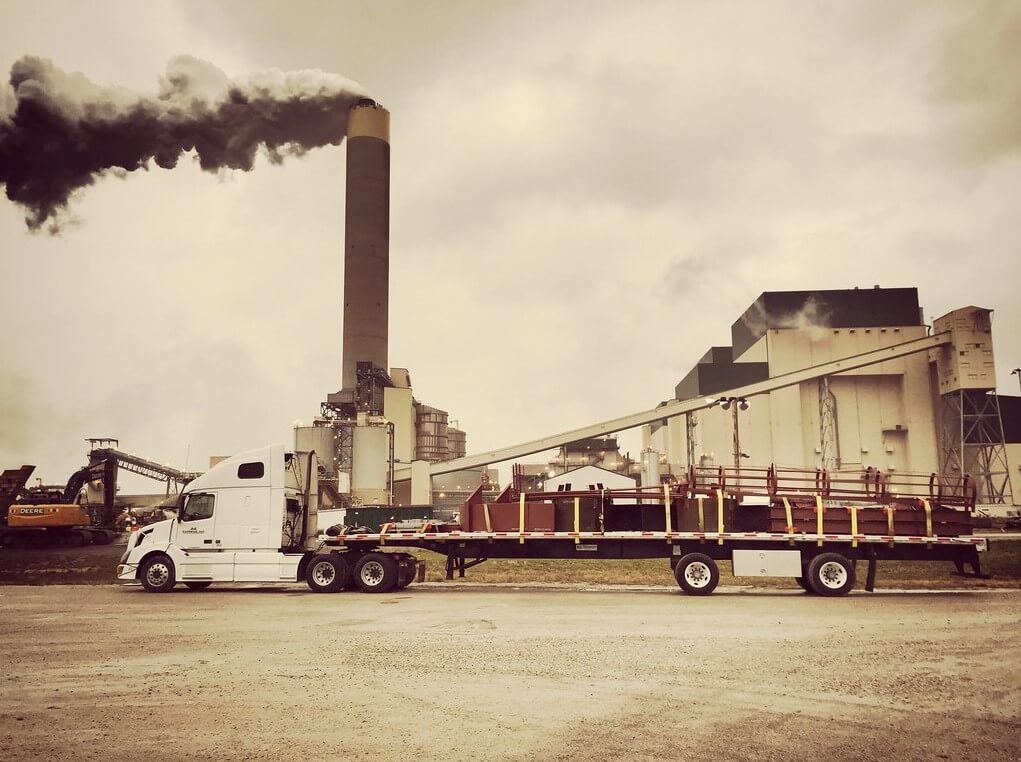Рубрика: Без рубрики

4 Tips for Brokers in 2022
1. Work with what worked
You can’t change the future unless you reflect on the past. Ask yourself the question “what has worked so far?” Maybe it was phone communication, or social media marketing. You need to analyze how you got your meaningful relationships and spend more of your time doing that.
Evaluate what didn’t work and find a way to either rid yourself of it completely, or minimize the amount of time you do that particular thing.
2. Know your vision
Write down goals and remember why you got into this industry in the first place. Are you spreading yourself too thin or are you actually where you want to be right now? Do you need to hire others to increase your quality or do you need to build more of a customer base? Your vision will guide the answers to those questions.
3. Find one skill personally and professionally to work on
This is your year to make a move you haven’t before. As people will (hopefully) begin to transition out of a two year pandemic, the pull will be to go back to where things were. Don’t fall for that, the supply chain will never be the same. Companies are looking for brokers who are going to adapt, so choose now to increase your technologies, or your communication skills, or anything else.
4. Surround yourself with the right people
Get some broker connections. Join one of the associations or participate in social media groups. Just because someone is in the same industry doesn’t mean they have to be an enemy. If you work together, you will go further faster than if you work alone because you’re afraid of what another broker might do. Supply chain specialists need to stick together!


